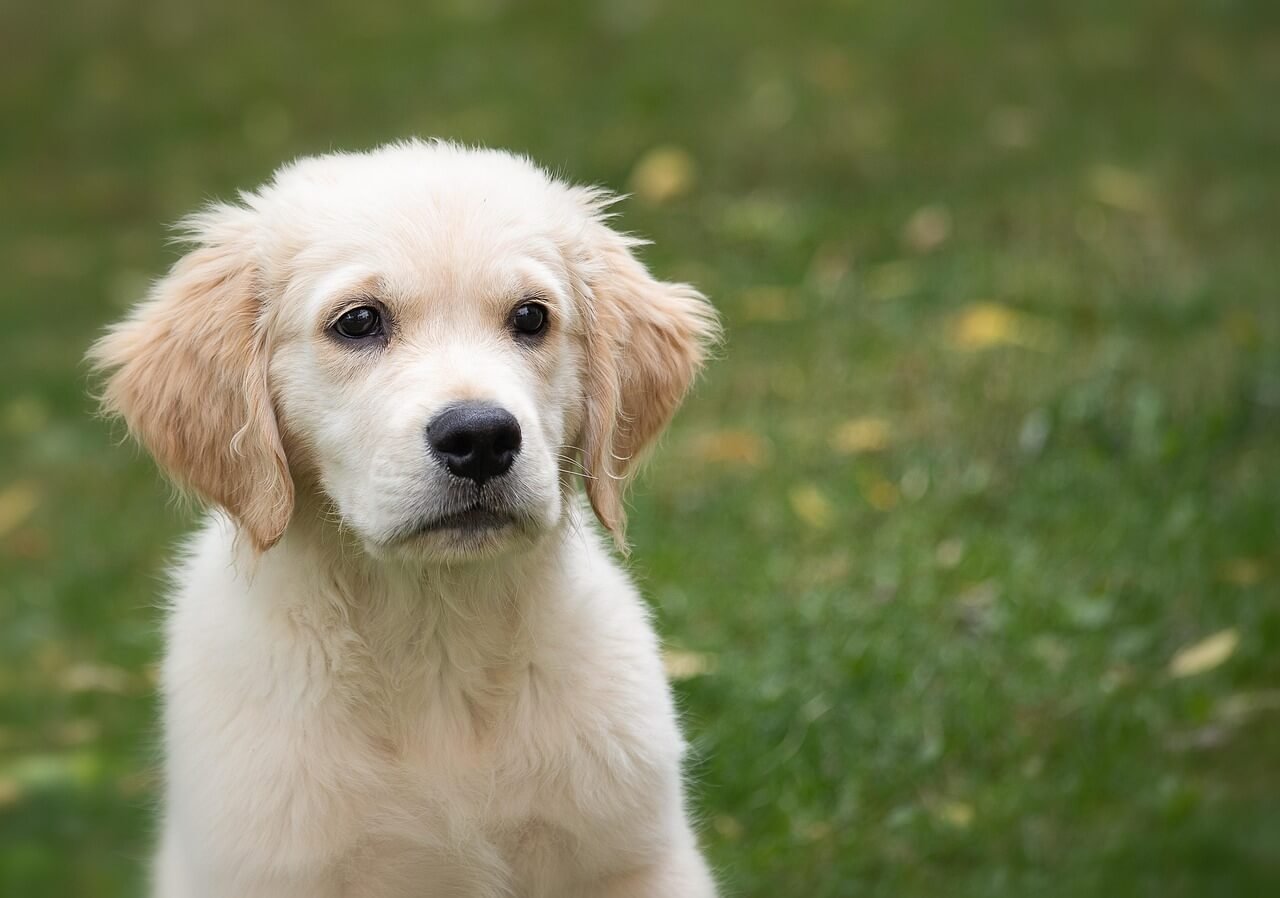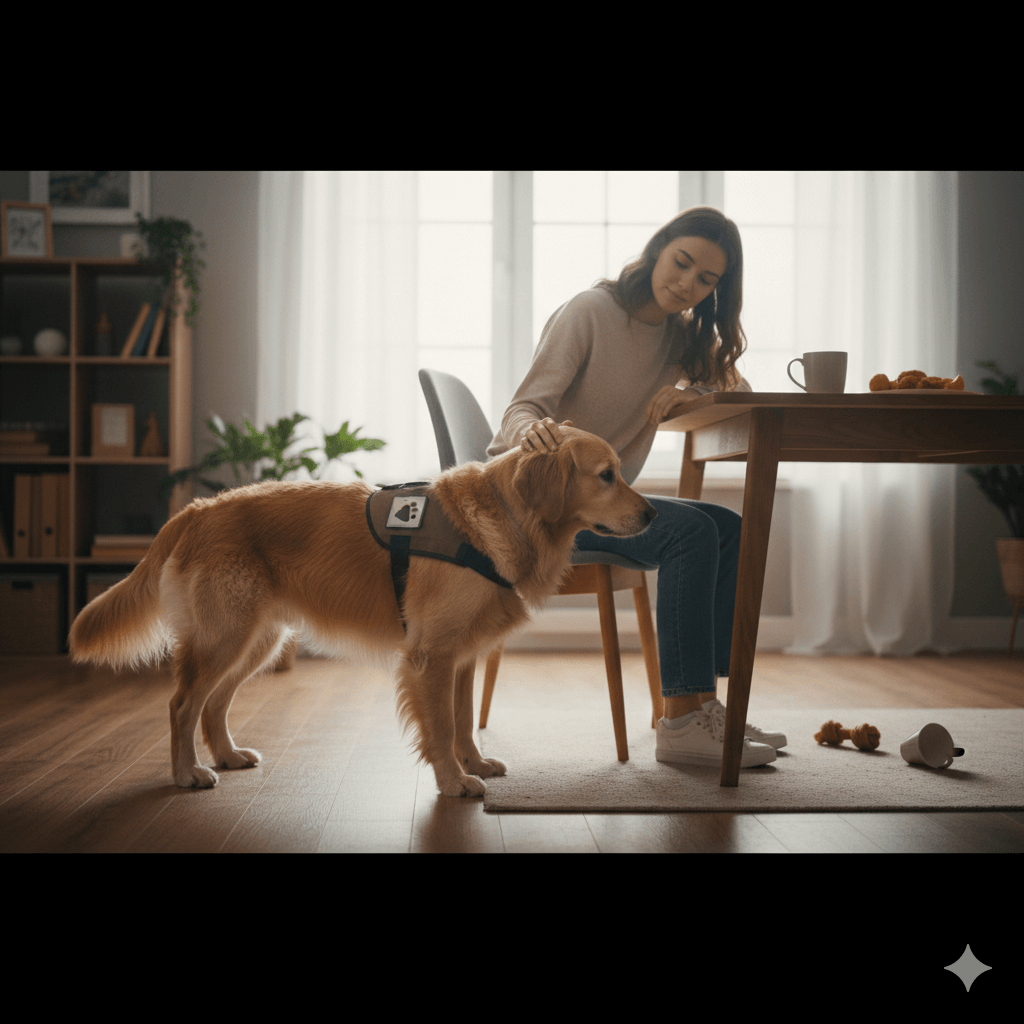Can Dogs Have ADHD? Understanding Hyperactivity in Dogs
If you’ve ever wondered why your furry friend seems to have endless energy, struggles to focus, or acts impulsively, you might have asked yourself, “Can dogs have ADHD?” While Attention Deficit Hyperactivity Disorder (ADHD) is commonly associated with humans, dogs can exhibit similar behaviors that resemble hyperactivity, inattention, or impulsivity. However, the underlying causes and management strategies for these behaviors in dogs differ from those in humans. In this blog post, we’ll explore whether dogs can truly have ADHD, the signs to look for, and how to address these challenging behaviors effectively. Let’s dive into the world of canine hyperactivity and discover how to help your pup thrive.
Signs That Your Dog May Have ADHD-Like Behaviors
While dogs don’t technically have ADHD in the same way humans do, some exhibit behaviors that closely mimic the symptoms of this condition. Recognizing these signs is the first step toward understanding your dog’s needs. Here’s what to look for:
Excessive Energy: Your dog seems unable to settle down, even after plenty of exercise or playtime.
Difficulty Focusing: They struggle to pay attention during training sessions or when given commands.
Impulsivity: Your dog acts without thinking, such as jumping on people, bolting out of doors, or grabbing items randomly.
Short Attention Span: They lose interest quickly in toys, activities, or interactions, moving from one thing to the next.
Restlessness: Constant pacing, whining, or fidgeting, even in calm environments.
These behaviors may indicate a need for additional support or training, but it’s important to remember that they don’t necessarily mean your dog has ADHD. Consulting a veterinarian or behaviorist can help rule out other causes.
Possible Causes of ADHD-Like Behaviors in Dogs
Before labeling your dog’s behavior as ADHD-like, it’s essential to consider potential underlying causes. Many factors can contribute to hyperactivity or inattention in dogs. Here are some common explanations:
Breed Traits: Certain breeds, like Border Collies or Jack Russell Terriers, are naturally high-energy and may seem overly active if not properly exercised.
Lack of Mental Stimulation: Dogs that aren’t mentally challenged may act out due to boredom or frustration.
Insufficient Physical Exercise: Without enough physical activity, dogs may release pent-up energy through hyperactive or impulsive behaviors.
Dietary Factors: Poor nutrition or food sensitivities can sometimes lead to erratic behavior or restlessness.
Underlying Medical Issues: Conditions like thyroid imbalances or neurological disorders can cause symptoms resembling ADHD.
Understanding the root cause of your dog’s behavior is key to addressing it effectively. Always consult a professional to rule out medical concerns before assuming it’s purely behavioral.
Check this guide 👉Can Dogs Have Asparagus? Best 7 Expert Tips!
Check this guide 👉ADHD Service Dogs: Best 7 Expert Tips!

Signs of ADHD-Like Behaviors in Dogs | Ways to Address These Behaviors |
|---|---|
Excessive energy | Provide structured exercise routines |
Difficulty focusing | Use short, engaging training sessions |
Impulsivity | Teach impulse control commands like “wait” |
Short attention span | Rotate toys and activities to maintain interest |
Restlessness | Create a calming bedtime routine |
How to Manage ADHD-Like Behaviors in Dogs
Managing hyperactivity or inattention in dogs requires patience, consistency, and a tailored approach. Here are some strategies to help your dog overcome these challenges:
Establish a Routine: Dogs thrive on predictability; set consistent times for feeding, walks, and play to reduce anxiety and restlessness.
Provide Plenty of Exercise: High-energy dogs need vigorous daily exercise to burn off excess energy and stay balanced.
Engage Their Mind: Puzzle toys, scent games, and obedience training can provide mental stimulation and improve focus.
Use Positive Reinforcement: Reward calm and focused behavior with treats, praise, or playtime to encourage repetition.
Teach Calming Techniques: Practice commands like “settle” or “place” to help your dog learn how to relax on cue.
With time and effort, these strategies can transform your dog’s behavior and improve their overall well-being.
When to Seek Professional Help for Your Dog
If your dog’s hyperactive or impulsive behaviors persist despite your best efforts, it may be time to seek professional guidance. Here are signs that indicate the need for expert intervention:
Aggressive Behavior: Growling, snapping, or biting that escalates over time requires immediate attention.
Inability to Improve Despite Training: If your dog doesn’t respond to consistent training methods, a specialist can identify alternative approaches.
Sudden Changes in Behavior: Unexplained shifts in temperament or activity levels could signal an underlying health issue.
Difficulty Socializing: Struggles with interacting with other dogs or people may require behavioral therapy.
Chronic Anxiety or Stress: Signs like excessive panting, pacing, or destructive behavior may benefit from professional support.
A veterinarian or certified animal behaviorist can assess your dog’s condition and develop a customized plan to address their unique needs.
Simple Strategies to Help Your Dog Relax
If your dog exhibits hyperactive or impulsive behaviors, there are practical steps you can take to promote calmness and relaxation. These techniques can be incorporated into your daily routine to help your dog feel more balanced. Here’s what you can try:
Create a Safe Space: Designate a quiet area in your home where your dog can retreat when feeling overwhelmed.
Use Calming Aids: Consider products like anxiety wraps, pheromone diffusers, or calming music to soothe your dog.
Practice Deep Breathing Exercises: Encourage your dog to lie down and relax by practicing slow, controlled breathing exercises together.
Limit Overstimulation: Avoid exposing your dog to overly stimulating environments or situations that trigger hyperactivity.
Incorporate Massage: Gentle massage can help release tension and promote relaxation in anxious or restless dogs.
By implementing these calming strategies, you can help your dog feel more at ease and reduce ADHD-like behaviors over time.
Engaging Ways to Tire Out a High-Energy Dog
For dogs with boundless energy, finding constructive outlets is essential to managing their behavior. Providing activities that challenge both their body and mind can prevent restlessness and impulsivity. Here are some ideas to try:
Long Walks or Runs: Take your dog on extended walks or jogs to burn off excess energy and improve focus.
Fetch or Frisbee Games: These high-intensity games are perfect for tiring out energetic breeds quickly.
Agility Training: Set up an agility course in your backyard or attend classes to provide physical and mental stimulation.
Interactive Toys: Use treat-dispensing toys or puzzles to keep your dog entertained and engaged.
Swimming: If your dog enjoys water, swimming is an excellent full-body workout that tires them out effectively.
By channeling their energy into productive activities, you can help your dog stay balanced and reduce hyperactive tendencies.
Training Techniques to Improve Attention and Self-Control
Teaching your dog to focus and control their impulses is key to managing ADHD-like behaviors. With consistent training, even the most energetic dogs can learn to stay calm and attentive. Here’s how to build these skills:
Start with Short Sessions: Keep training sessions brief (5–10 minutes) to match your dog’s attention span and gradually increase duration.
Use High-Value Rewards: Offer treats, toys, or praise that your dog finds especially motivating to reinforce desired behaviors.
Teach the “Wait” Command: Practice having your dog pause before eating, going outside, or playing to improve impulse control.
Focus on Eye Contact: Train your dog to make eye contact on cue, which strengthens their ability to pay attention to you.
Incorporate Distractions Gradually: Once your dog masters commands in quiet settings, practice in busier environments to build focus.
With patience and consistency, these techniques can help your dog develop better focus and self-control, making life easier for both of you.
Frequently Asked Questions About Dogs and ADHD-Like Behaviors
Can dogs actually have ADHD like humans?
No, dogs don’t have ADHD in the clinical sense, but they can exhibit similar behaviors due to genetics, environment, or lack of stimulation.
What breeds are more prone to hyperactivity?
Working breeds like Border Collies, Australian Shepherds, and Jack Russell Terriers are often more energetic and prone to hyperactive behaviors.
How much exercise does a hyperactive dog need?
High-energy dogs typically require at least 1–2 hours of intense exercise daily, along with mental stimulation.
Can diet affect my dog’s behavior?
Yes, poor-quality food or food sensitivities can contribute to hyperactivity or restlessness in some dogs.
What should I do if my dog won’t listen during training?
Break sessions into shorter, more engaging segments and use high-value rewards to maintain their focus.
Final Thoughts: Helping Your Dog Thrive
While dogs don’t experience ADHD in the same way humans do, many exhibit behaviors that resemble hyperactivity, inattention, or impulsivity. By understanding the root causes of these behaviors and implementing effective management strategies, you can help your dog lead a calmer, happier life. Whether it’s providing ample exercise, engaging their mind, or seeking professional guidance, the key is patience and consistency. Remember, every dog is unique, and with the right approach, you can strengthen your bond and create a harmonious home environment. Together, you and your furry friend can overcome challenges and enjoy countless joyful moments.
Understanding Bone Supplement for Cats: Best 7 Expert Tips! – Safe, vet-approved guidance for strong feline bones & balanced nutrition.
Bone Supplement for Dogs: Best 7 Expert Tips! – Expert guide to calcium, collagen & bone health for every life stage.
Understanding Can Cats Get Sunburn: Best 7 Expert Tips! – Protect your feline from UV damage with vet-backed prevention strategies.
How to Train a Seizure Alert Dog: Best 7 Expert Tips! – Learn expert-backed steps to nurture natural instincts into reliable, life-saving seizure alerts.





